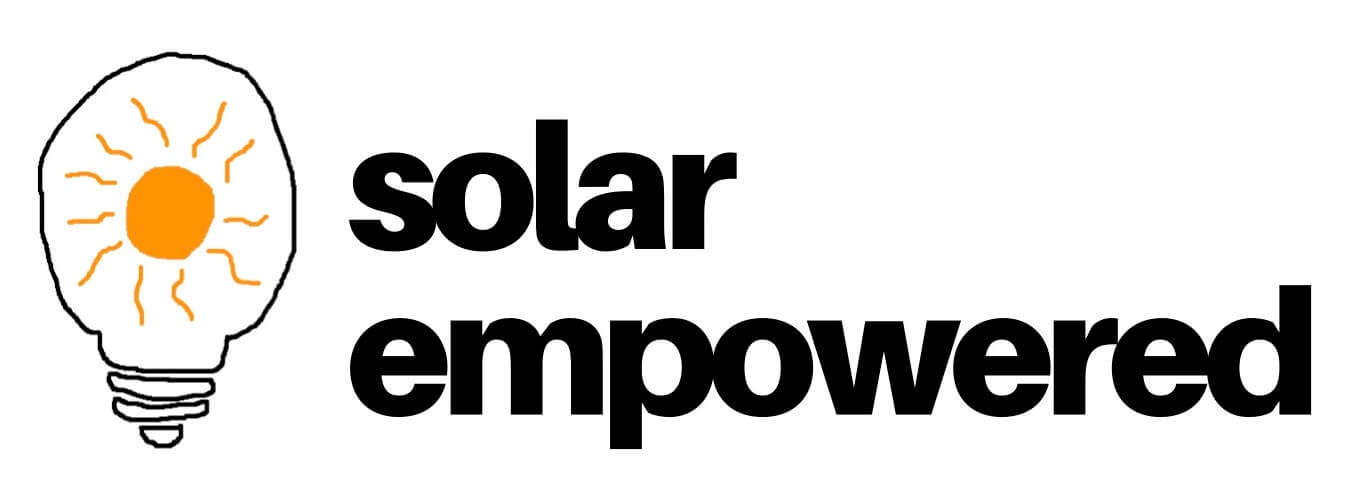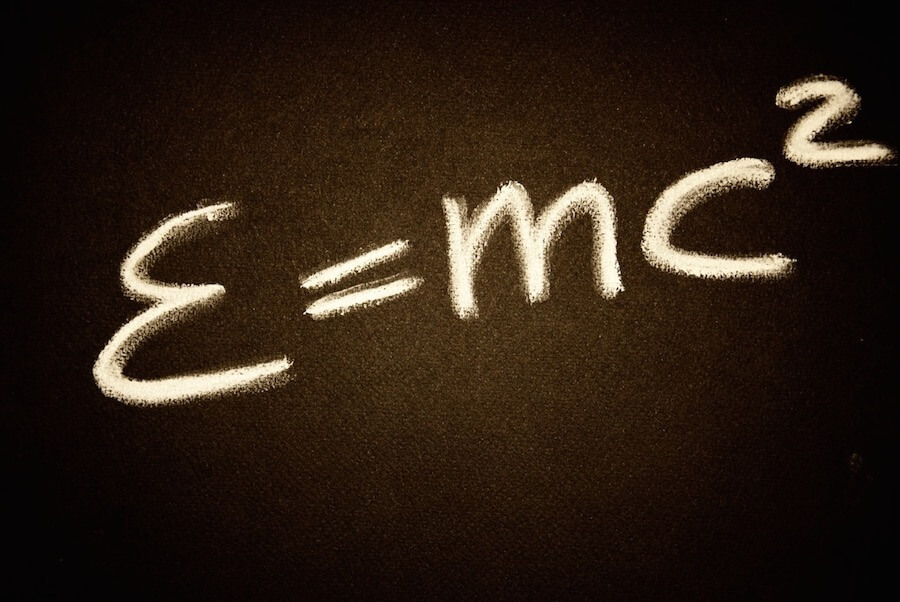-
- The surface of the earth receives 120,000 terawatts of solar radiation (sunlight) – 20,000 times more power than what is needed to supply the entire world.
- A solar installation reduces a household’s electric CO2 footprint by more than 80% in one year.
- Sunlight takes a little over eight minutes to reach Earth and a few seconds longer to make contact with your solar panels.
- At the core of a solar cell is a tiny electric field that splits negative charges from positive charges using the sun for energy.
- Solar energy can purify water. This property of solar energy may have been known by the Ancient Greeks, and was practiced by Persian alchemists in the 1500s. Another process that uses solar energy to purify water of contamination is called solar distillation.
- Prices of solar battery technologies have dropped 70% in 7 years. Almost 500,000 people working in solar and wind in US; 54,000 in coal.
- In a silicon wafer solar cell, the electric field is created with small amounts of other atoms. On one side of the wafer are boron atoms (with one less electron than silicon) and on the other side are phosphorus atoms (with one more electron than silicon). This creates a positive-negative junction. When sunlight is absorbed by the solar cell, an electron is knocked free inside the silicon and pushed across the wafer. This can be collected by metal to become usable electricity. ⚡
- Sunshine itself is the most sustainable resource we have. The sun should be around for at least a few more billion years
- The first solar cell was made in 1839 by 19 yr old Edmond Becquerel, who noticed electricity was generated by a piece of silver chloride when light shone on it. The first 20% silicon solar cell was made in Australia 30 years ago by Andrew Blakers and Martin Green at a time when solar energy was largely a fringe technology for hippies and space agencies.
- Every square metre of earth receives around 1366 watts of direct solar radiation.
- Solar power itself is a free source of energy, once you’ve installed PV panels on your home, maintenance is minimal.
- The production and use of solar energy presents very little hazards, if any at all. Risks which are generally associated with other energy sources, like explosion, fire or chemical leaks, are non- existent in this case. PV panels are mainly made from silicon, which means that there is no danger from any leakage of toxins or fumes. This makes solar energy the safest source for the generation of power.
- Solar power produces no pollution, which is a major by-product of non-renewable energy consumption and one of the biggest global killers.
- Solar energy is a completely free source of energy and it is found in abundance. Though the sun is 90 million miles from the earth, it takes less than 10 minutes for light to travel from that much of distance.
- Solar energy which comprises of radiant heat and light from the sun can be harnessed with some modern technology like photo-voltaic, solar heating, artificial photosynthesis, solar architecture and solar thermal electricity.
- The sun has produced energy for billions of years. Every hour the sun beams more energy onto Earth than it needs to satisfy global energy needs for an entire year.
- Solar energy is the technology used to harness the sun’s energy and make it useable. As of 2011, the technology produced less than one tenth of one percent of global energy demand.
- Many are familiar with so-called photovoltaic cells, or solar panels, found on things like spacecraft, rooftops, and handheld calculators. The cells are made of semiconductor materials like those found in computer chips. When sunlight hits the cells, it knocks electrons loose from their atoms. As the electrons flow through the cell, they generate electricity.
- A household rooftop solar panel system can reduce pollution by 100 tons of CO2 in its lifetime — including the energy it took to manufacture the solar panels. This can improve future air quality for humans as well as the millions of birds, fish, and mammals that are negatively affected by pollution each year.
- Pollution can obscure the sun’s rays and stop them from reaching the Earth, so theoretically, the more humans switch over to solar power and reduce greenhouse gas emissions, the greater the Earth’s capacity to harness solar energy will be.
- The International Energy Agency has predicted photovoltaic solar could provide up to 16 percent of the world’s electricity by midcentury — an enormous increase from the roughly 1 percent that solar generates today. But for solar to realize its potential, governments will have to grow up too. They’ll need to overhaul their solar policies to make them ruthlessly economically efficient.
What can you do right now?
If installing solar panels for your home or work environment is not financially possible right now, you can start on a smaller scale with generating your own power on the road.
Check out a variety of high quality, reliable and durable Portable Solar Panels and their compatible Battery Packs.
Use the sun to create power via our durable solar panels to help you power anything, anywhere.

